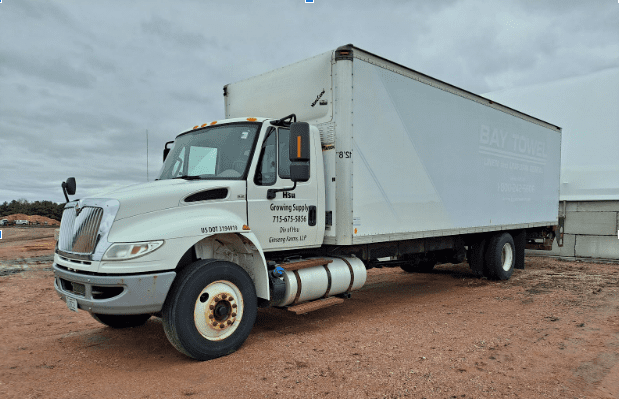Embarking on a journey to grow your own vegetables at home is a rewarding adventure. But where do you begin? Starting your vegetable garden requires careful consideration and planning, and one crucial decision is how to get your garden started. While some opt for purchasing starter plants, others prefer the magic of sowing seeds directly into the soil, witnessing the miraculous transformation from tiny seeds to flourishing plants.
Direct-sowing, the art of planting seeds directly into the earth, is an ancient practice that connects us intimately with the rhythms of nature. It’s a process that requires patience, skill, and a touch of intuition. But fear not, for with the right knowledge, you can unlock the secrets of direct-sowing and watch your garden thrive.
But why choose direct-sowing over transplanting? The answer lies in the preferences of certain vegetables, which often thrive best when their seeds are sown directly into the ground. These vegetables have unique needs, from cool-season crops that revel in the brisk spring air to warm-season favorites that crave the heat of summer.
Let’s delve into the world of direct-sowing and explore the wonders of planting seeds directly into your garden soil. But before we dig into the dirt, there are a few key things to consider:
Know Your Planting Dates: Timing is everything in gardening. Before you sow a single seed, familiarize yourself with the ideal planting dates for each vegetable. Consult planting calendars and frost dates to ensure you’re planting at the optimal time.
Have a Plan: A well-planned garden is a thriving garden. Determine where each vegetable will go, considering factors like sunlight, spacing, and companion planting. A strategic layout ensures your garden flourishes and minimizes competition between plants.
Prepare the Soil: Your soil is the foundation of a healthy garden. Get your soil tested. Prior to sowing seeds, enrich the soil with organic matter to provide essential nutrients and improve soil structure. Healthy soil sets the stage for robust plant growth.
Remove Weeds: Weeds are the enemy of gardeners everywhere. Before planting, ensure your garden beds are free of weeds to prevent competition for resources and give your seeds the best chance to succeed.
Choose Quality Seed: The key to a successful harvest starts with quality seeds. Invest in fresh, high-quality seeds from reputable sources to ensure optimal germination and healthy plant growth.
With the groundwork laid, it’s time to get your hands dirty and plant those seeds! Here are some tips for successful direct-sowing:
Sow at the Proper Depth: Each seed has unique requirements for planting depth. Refer to the seed packet for guidance and ensure seeds are planted at the correct depth to promote germination.
Pay Attention to Seed Spacing: Proper spacing is essential for healthy plant growth. Avoid overcrowding by planting seeds at the recommended spacing, and thin seedlings as needed to maintain adequate spacing.
Firm the Soil: After sowing seeds, gently firm the soil to ensure good seed-to-soil contact, promoting optimal germination and root development.
Water Gently: Keep newly planted seeds moist but not waterlogged. Use a gentle watering technique to avoid disturbing seeds and promote even moisture distribution.
Protect Seedlings: Tender seedlings are vulnerable to pests and environmental stressors. Implement protective measures such as row covers and plant collars to shield seedlings from harm.
With proper care and attention, your direct-sown seeds will soon sprout, transforming into thriving plants that bear the fruits of your labor. So roll up your sleeves, grab your gardening tools, and embark on the journey of direct-sowing—a time-honored tradition that connects us to the earth and nourishes both body and soul.



